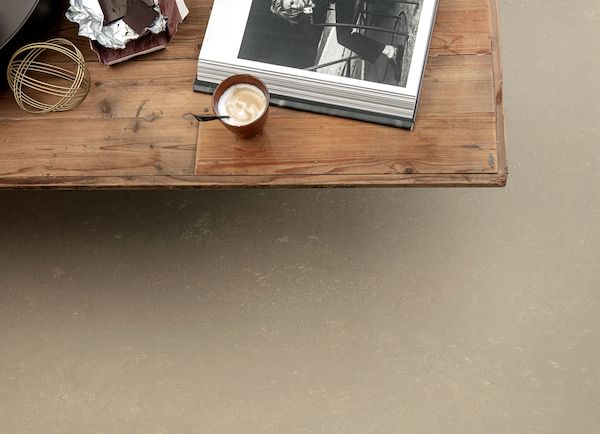
DOMOTEX 2020 moodboard | Sustainable flooring

In 2020 I will be visiting DOMOTEX, the world’s leading trade show for floor covering. Together with the team I was part off for the last two years we will work on some projects and have a panel discussion. See last years DOMOTEX content on the blog here in case you missed it! From 10-13 January the trade show will welcome thousands of exhibitioners and visitors in Hannover and our team will be visiting the fair on Saturday!
Next to the different exhibitioners from all over the world, who will present their collections, visitors can enjoy different talks and tours, exhibition topics and themes. Our team will work on different mood boards that will be seen at DOMOTEX showing our vision on the ATMYSPHERE keynote theme. With its new ATMYSPHERE keynote theme, DOMOTEX 2020 will present new products and a concentrated range of offerings to meet the growing demand for holistic health concepts. DOMOTEX perfectly explains as follows.
Floor coverings can be used to create enjoyable worlds of experience, providing contract floorers with the opportunity to fashion holistically conceived interiors. After all, floors form the basis of the rooms in which we live and work and create our own personal atmosphere.
Good room acoustics, heat insulation, a pleasant tactile experience, good climatic and health-promoting properties, sustainability as well as natural and aesthetic furnishing details: good floor coverings are characterized by all of those properties.

Our mood boards will show the six different subjects within the theme, being Acoustics, Floor & More, Green Living, Outdoor, Wellbeing and Sustainable Flooring. I was asked to cover Sustainability, and as this is not a subject I write about on a daily basis, I decided to focus on different materials and select some corresponding brands that are a good example of sustainability in both product and manufacturing.
When thinking of Sustainability some things come to mind immediately and I think the words of my good friend Iris, who is a great Trend-watcher, speaker and teacher, next to running her own company C-More. cover it all: ‘There is no planet B!’Sustainability is a hot topic and we could almost say Sustainability has become a trend. Thinking about our planet Iris explains in her Milan design week Trend report: “We all know something has to change. Designers are more and more taking sustainability as a matter of course.
Also for us at home, separating waste is fortunately becoming more normal and easier, I apply sustainability in all kinds of ways in my own life and daily activities. But the amount of plastic that still creeps into our houses every day is enormous. Luckily we are all becoming more aware that something really has got to change before it’s too late.
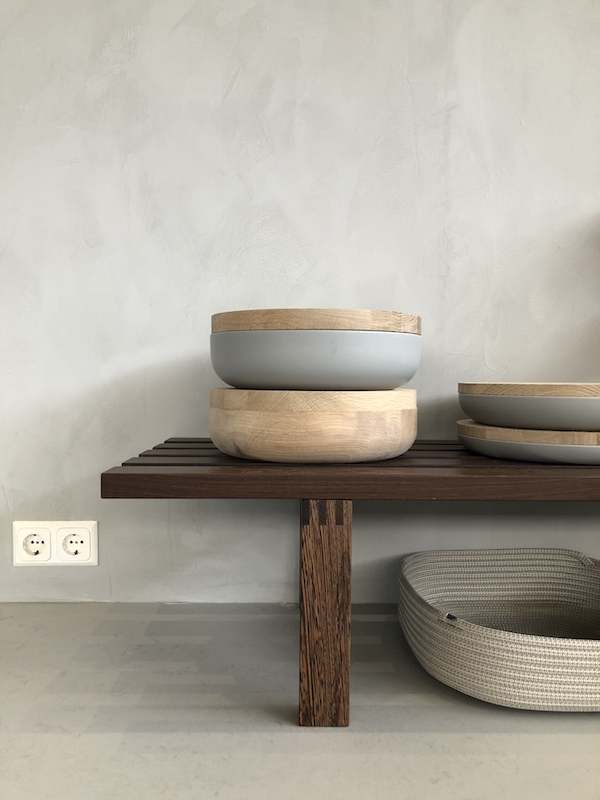
Marmoleum
Marmoleum owns its popularity to the natural raw materials used for production like limestone, resin and jute. The natural raw materials are all processed in an environmentally friendly way into a marmoleum floor, making the floor also biodegradable. Marmoleum floors can be found in many homes, offices and in almost every school in the Netherlands.
Marmoleum is a CO2 neutral produced floor covering The raw materials used for making Marmoleum are coming directly from natural and sustainable cultivated crops. Forbo Flooring produces its Marmoleum using 100% green electricity as well as internal re-use and recycling programs. Forbo has an international network of 26 sites with production and distribution and different assembly centers and 46 sales organizations in a total of 36 countries worldwide.
For installation cut offs, a ‘back to the floor’ program is in place, which returns residual linoleum to an ingredient for new Marmoleum. The production location also features a large warehouse in which all of Forbo products are collected before shipment, avoiding unnecessary transport movements as multiple products are combined in one shipment. The warehouse is built to be self-supporting in its energy use, coming from solar energy, and has been awarded the LEED-gold standard for sustainable construction.
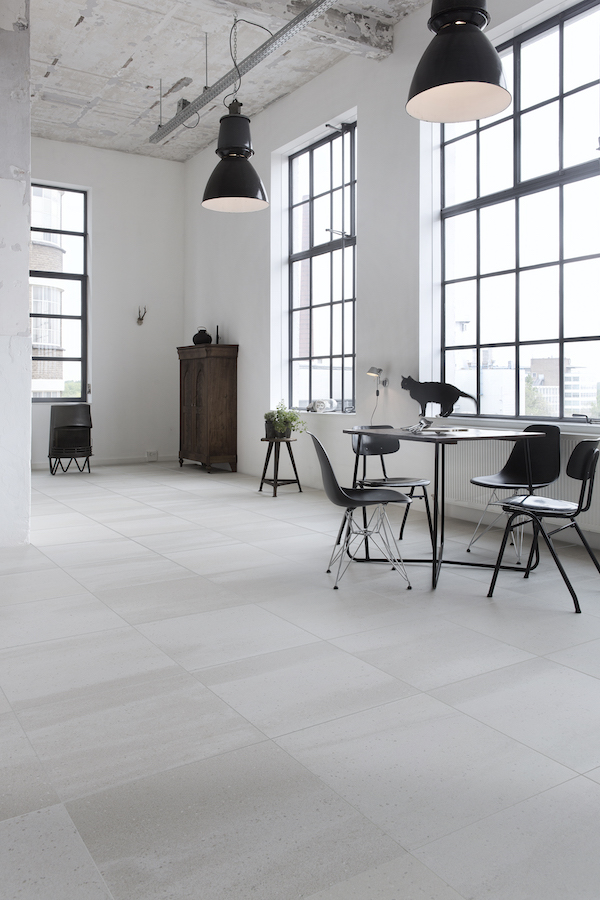
Ceramic
For the first time at DOMOTEX, Tile manufacturers are now invited to present their products in a dedicated showcase, an all new Tiles hall (hall 13). “Earthenware, stone or porcelain tiles are not just being used on floors, but also on walls – both indoors and out – thus opening up design options to suit any particular individual taste or setting.”
Earlier this year our agency w/ Style had the pleasure to work on a social media campaign for Dutch tile manufacturers Mosa at ‘Masterly The Dutch in Milan’ Talking about sustainability MOSA is a great example! Mosa has designed, developed, and produced ceramic tiles in Maastricht since 1883. They enable architects and designers around the world to create signature surfaces. Sustainability is their foremost priority. To achieve this, Mosa adheres to the Cradle to Cradle philosophy, making a positive contribution to our society, economy, and our planet.
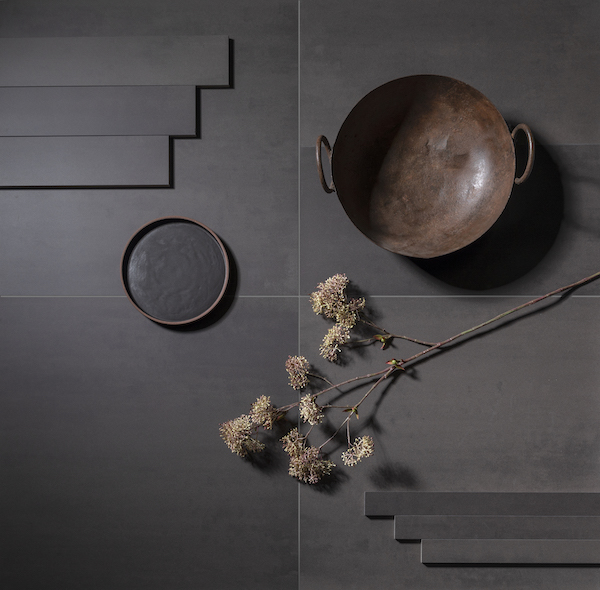
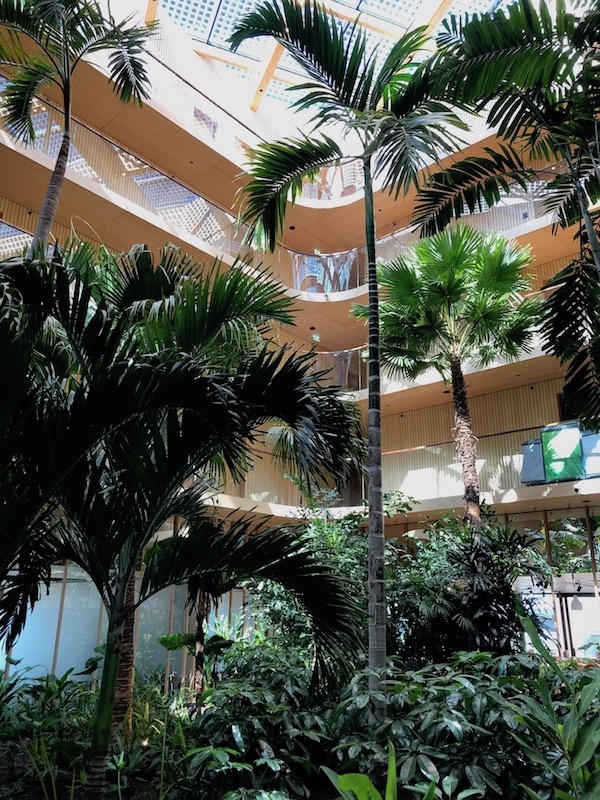
Bamboo
Bamboo is the fastest growing plant on earth and a good alternative to hardwood. Bamboo offers a useful alternative for this: no tree, but a type of grass that grows quickly, during the growing season 30 cm to 50 cm per day and can eventually reach 15 to 30 meters high, with a trunk circumference of 35 cm or more!
The world’s most important bamboo reservoir is located in China, it is here the giant bamboo, known as MOSO grows. Because of its fine structure, this bamboo species is extremely suitable for decorative applications, such as floors and furniture and beautiful carpets!
I am a huge fan of Bamboo carpets as I love the shiny surfaces! Massimo Copenhagen is a brand I follow for some time and all their bamboo rugs are made of 100% bamboo fibres which gives a luxurious feeling due to the unique softness and shiny surface. Bamboo fibres are made of bamboo pulp and have strong durability, stability and tenacity. The production of Bamboo is sustainable as it thrives without any pesticides and also it is biodegradable and thus a very eco-friendly material.
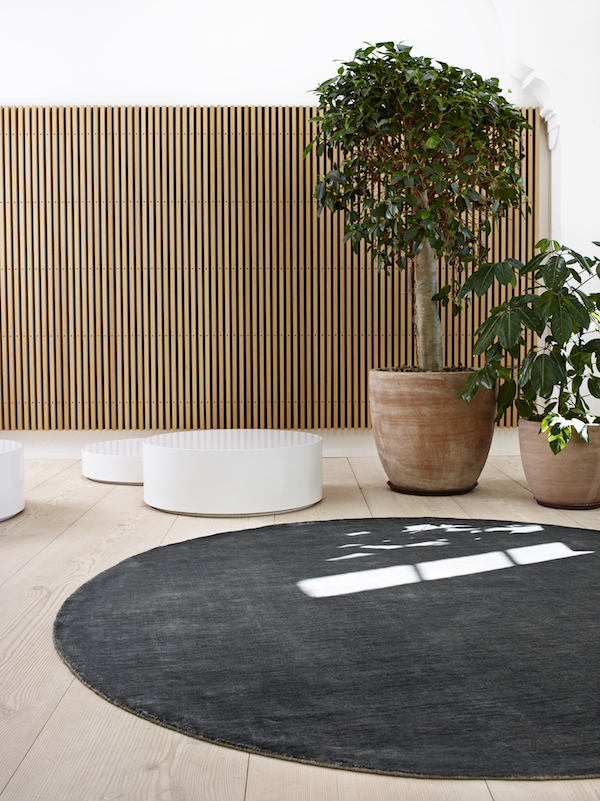
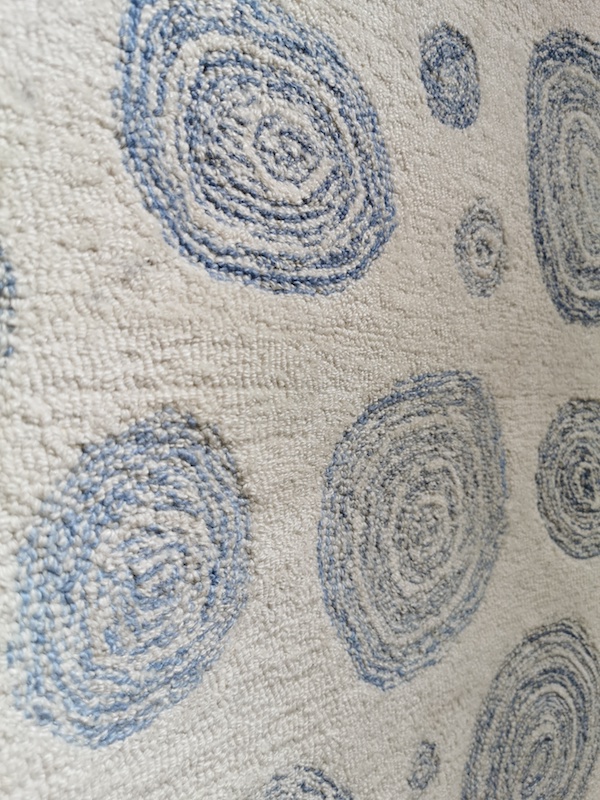
PET
A plastic bottle takes 450 years to completely decompose and every year as much plastic is produced as all humanity together. Although I still buy water in a plastic bottle now and then I do separate my waste as I think it is really important to take responsibility at home and I hope you do as well!
While looking through the exhibitioners list on the DOMOTEX site I noticed Natur Pur one of the brands I wrote about in my blogpost last year: DOMOTEX 2019 | Trends and inspiration from the fair launched “Pro Natura” a new brand to show their will to contribute to the improvement of worldwide plastic madness. Pro Natura stands for high quality carpets made from recycled PET bottles, hand-knotted in India.
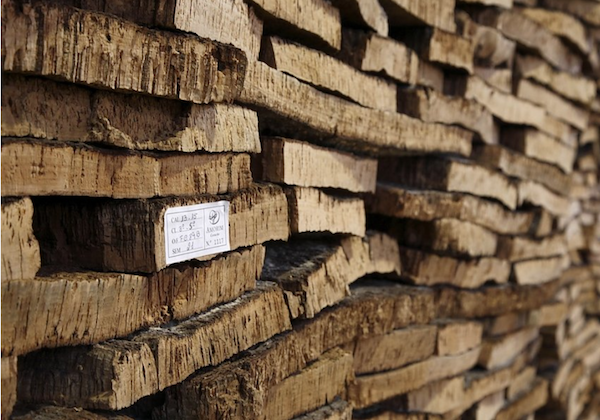
Cork
As a teenager I remember to have a room under the attic that was rather different from those of my friends. I really love how my parents gave me freedom to express myself and how my dad helped me to realise a wall filled with a sisal tiles carpet from Morocco. Not sure how I came up with these ideas but I guess my early travel adventures and the many books and people coming to our house made me see things the way I did… or maybe it was just my interest in interior design I developed at an early age.
Cork also was a much seen material those days and it looks as though it has made a comeback! Cork is 100% natural, fully biodegradable, environmentally friendly, and recyclable without producing toxic waste. As an innovative and sustainable source, cork has no waste. The bark can be used completely: not only for walls and floors, but also for non-everyday applications such as in space travel, fashion and musical instruments.
The management of cork forests contributes to the sustainable development of rural Mediterranean areas and is indispensable for our planet. Most cork used comes from Portugal, with Amorin being the largest world producer, but also in Sardinia lots of Cork is harvest and used in authentic ways to decorate with at home as well as the more commercial artisan way….I will show you some day the cork I brought from Sardinia.
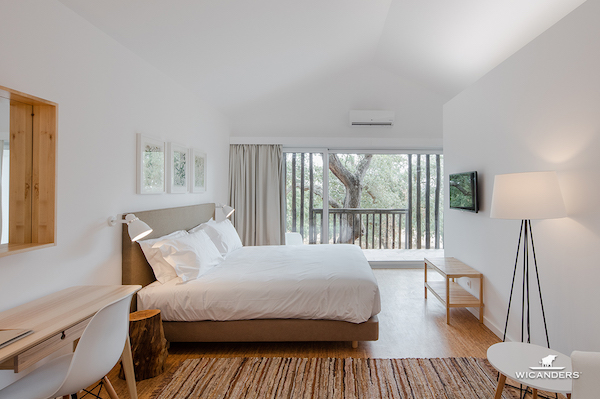
I hope to see you at DOMOTEX next January!
This post is written in collaboration with DOMOTEX